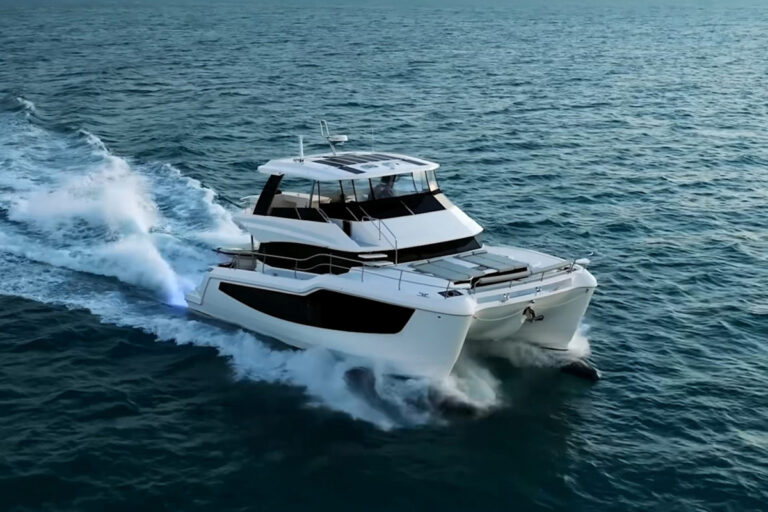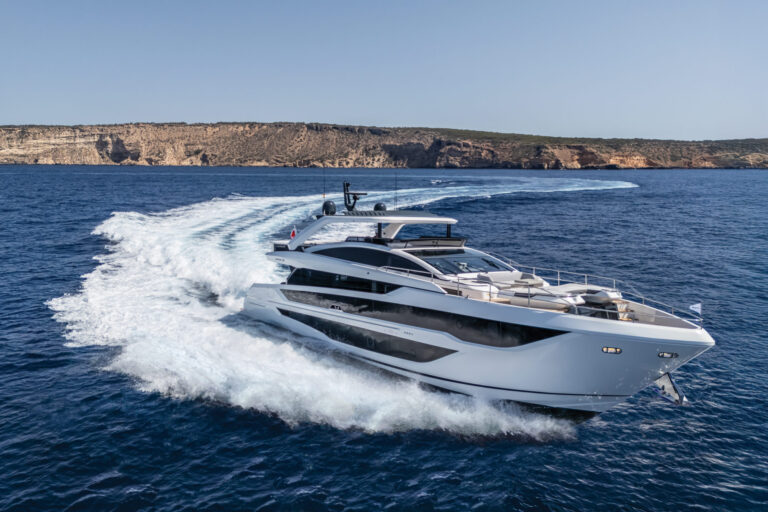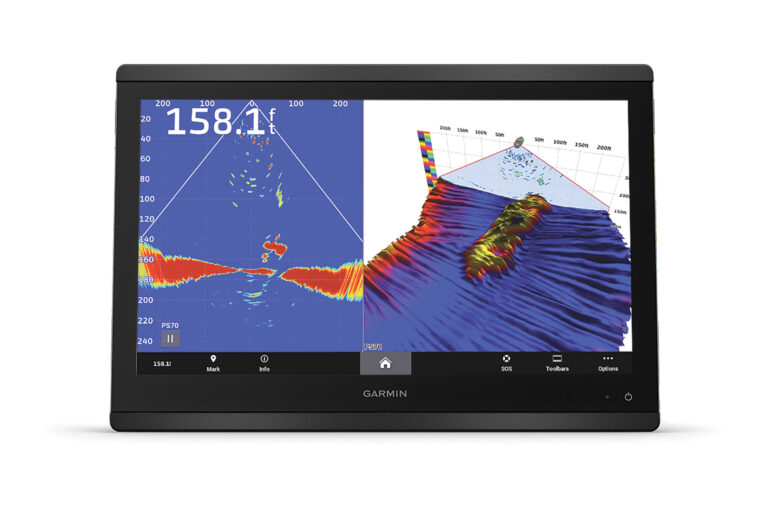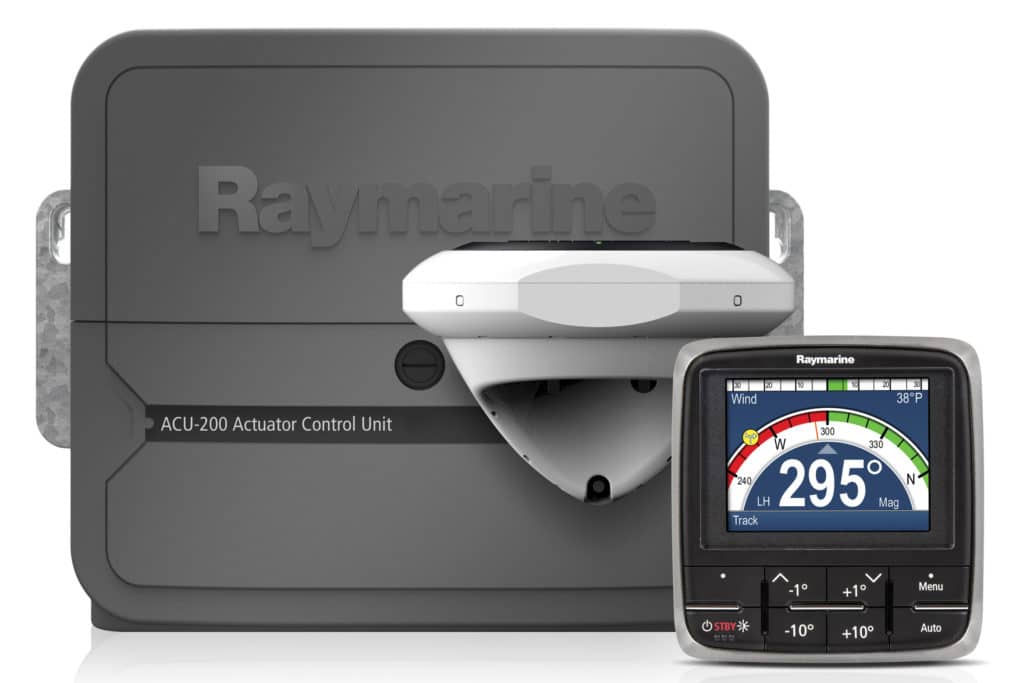
1_raymarine_autopilot.jpg
Autopilot calibration issues are no fun. Raymarine’s Evolution autopilot system ($1,499) aims to stop them with its smart EV sensor core, which automatically adapts to your yacht’s characteristics. The system’s genius is twofold. First are the Evolution AI control algorithms, which allow the unit to perceive its conditions and evolve its steering commands to increase performance. Second, its nine-axis sensor monitors vessel pitch, roll and yaw. The EV sensor core bundles very accurate solid-state sensors with Raymarine’s Evolution autopilot processor into a waterproof housing that can be installed above deck or belowdecks. These autopilots are designed to autocorrect for onboard magnetic influences and optimized for navigating in extreme northern or southern latitudes. Buyers can choose between the EV-1 sensor, which is designed for boats with Raymarine’s drive systems, or the EV-2 sensor for boats with drive-by-wire systems. Raymarine, 603-324-7900; raymarine.com
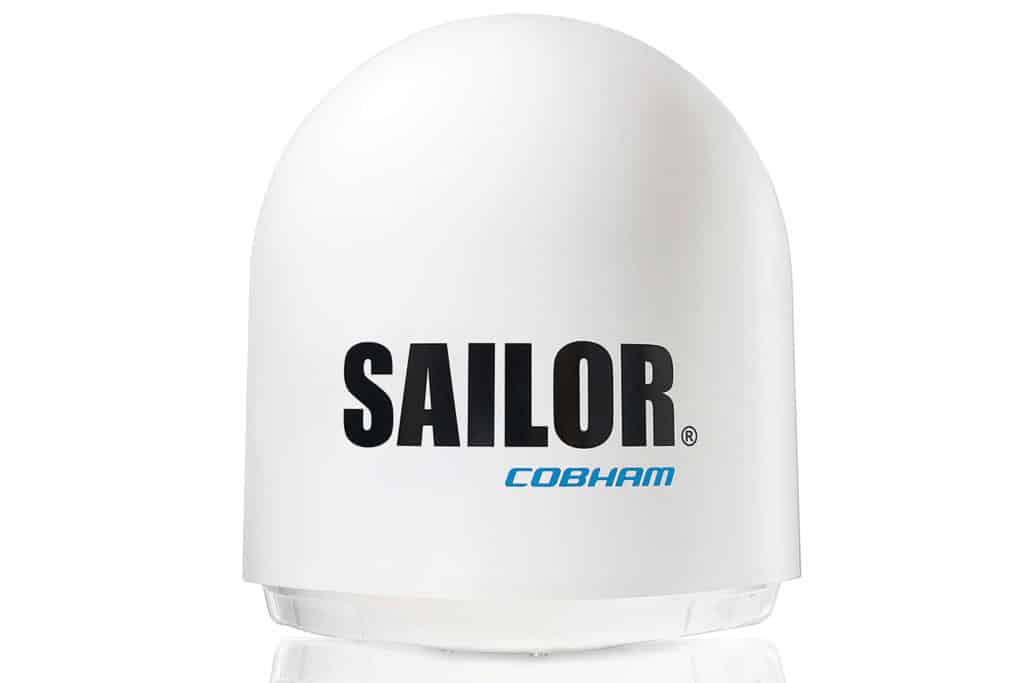
2_cobham_vsat.jpg
If you are seeking a powerful satellite antenna that’s bundled into a compact radome, Cobham’s Sailor 800 VSAT antennas could be the ticket. The Sailor 800 (call for a quote) features a three-axis-stabilized, 83-centimeter reflector dish that provides near-global Ku-band coverage, allowing for high-performance Internet connectivity. According to Cobham, the Sailor 800 offers the same radio performance as other competing Ku-band domes that feature 1-meter antennas, making it especially attractive to boaters who are interested in reducing weight aloft while lowering the aerodynamic profile, or for owners who are simply seeking a more subtle style, all without sacrificing performance. The Sailor 800 VSAT uses the same technology as Cobham’s time-proven line of Sailor antennas and is designed to make satellite communications more practical for yachts of different design considerations. Cobham, +45 8791 8100; cobham.com
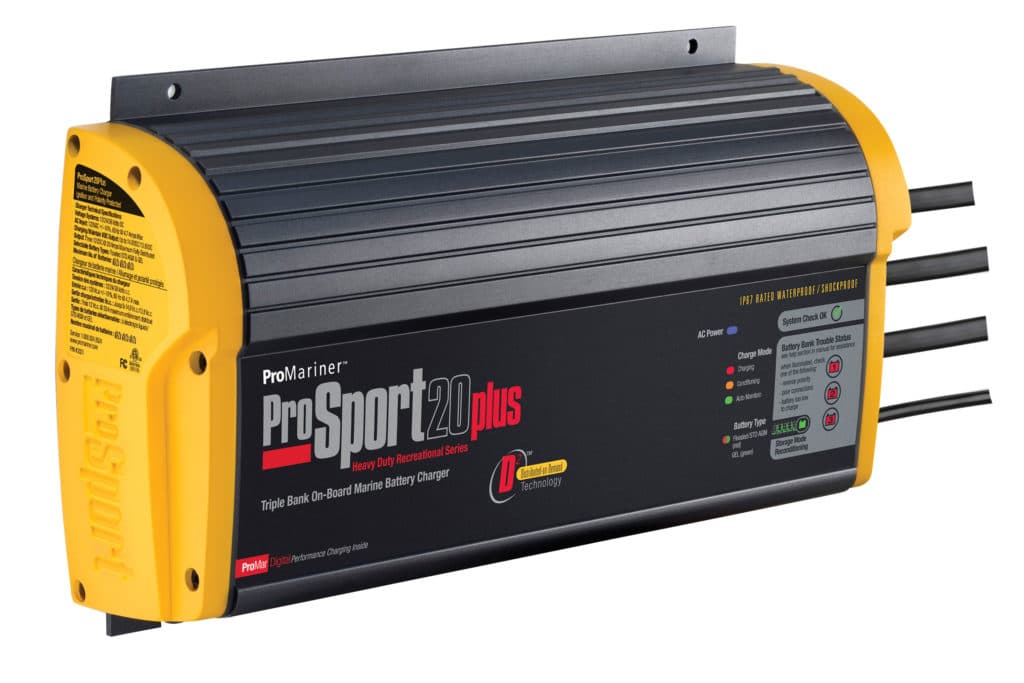
3_prosport_battery_charger.jpg
No one likes dead batteries. ProMariner’s ProSport Generation 3 line of battery chargers is designed to help prevent them with its “System Check OK” indicator, which instantly informs you if your charger is correctly wired, and if your batteries can accept a charge. The ProSport Generation 3 ($99 to $199, model depending) chargers incorporate microprocessor control and use digital pulse-charging technology, which aims to extend battery life. The chargers are designed to reduce AC power consumption. For example, when operating in energy saver mode, the charger monitors your boat’s battery and adds juice only when necessary. Also, the system’s Distributed-On-Demand charging technology takes all of the available charging amps and distributes them to any single battery (or combination of batteries) to ensure efficient charging. ProMariner, 603-433-4440; promariner.com
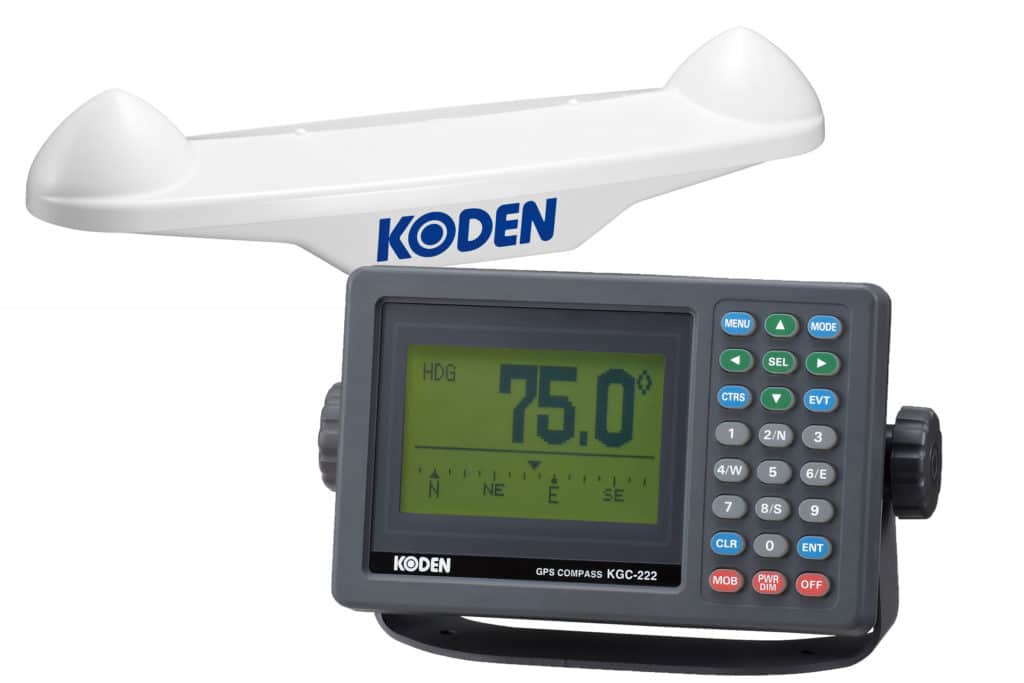
4_koden_compass.jpg
Autopilots and other onboard electronics have traditionally used flux-gate compasses for their electronic heading and directional-reference data. These compasses can react slowly and get twitchy in a big sea. Koden’s KGC-222 GPS compass ($2,499) uses parallel 16-channel GPS receivers and an internal electronic compass for maneuvering at slow speeds. The compass generates pitch, roll and heave information and measures latitude, longitude and altitude, allowing for accurate three-dimensional positioning. The KGC-222 is NMEA 0183 compatible (not NMEA 2000) and comes with a dedicated LCD display/control, which allows users to switch between four screen modes, two heading screen views and two navigation screen views. The compass uses an external antenna that’s weatherproof to IPX-6 standards. Si-Tex Koden Marine Electronics, 631-996-2690; si-texkoden.com
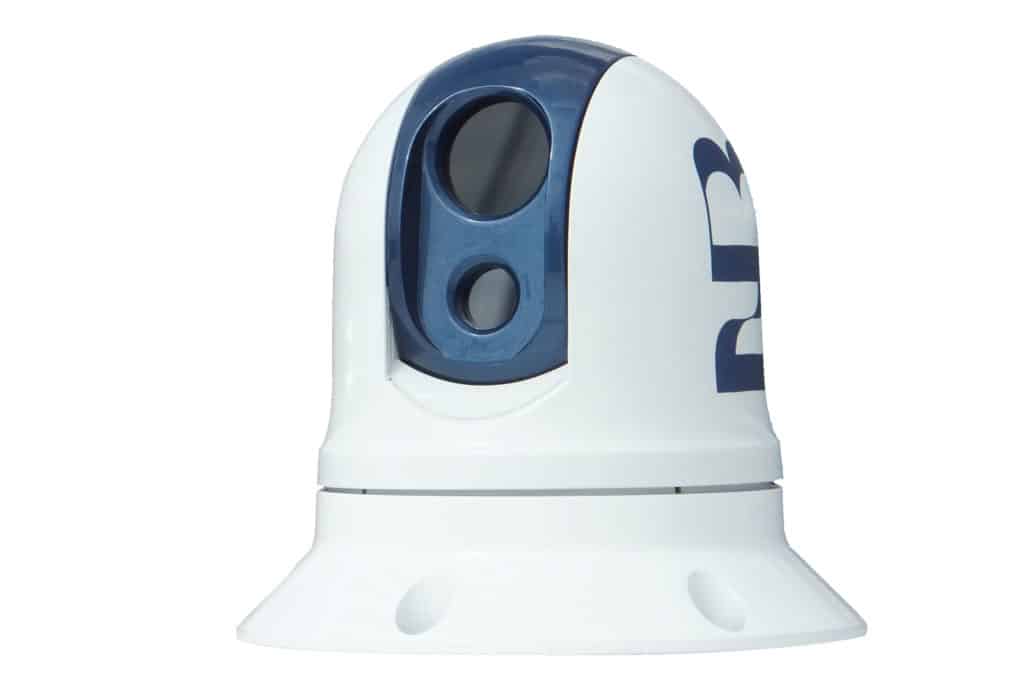
5_nightrunner_camera.jpg
Thermal-imaging cameras greatly improve situational awareness, but their price tags can be difficult to justify for vessels that don’t regularly operate in the dark. Fortunately, this justification became easier when Iris Corp. unveiled its NightRunner dual-payload thermal imaging/daylight color camera ($4,500), which provides high-resolution thermal imaging and full pan/tilt/zoom daylight color imaging for a fraction of the cost of similar cameras. The unit uses a vanadium oxide 17M pitch, high-resolution thermal core, which yields sharp imagery and thermal sensitivity. In addition to peering through the dark, the NightRunner allows users to see through smoke, fog and dust. Additionally, the NightRunner’s daylight camera is equipped with a high-resolution 700TVL sensor that features wide dynamic range and dynamic noise reduction. Iris Corp., 954-533-9381; boat-cameras.com
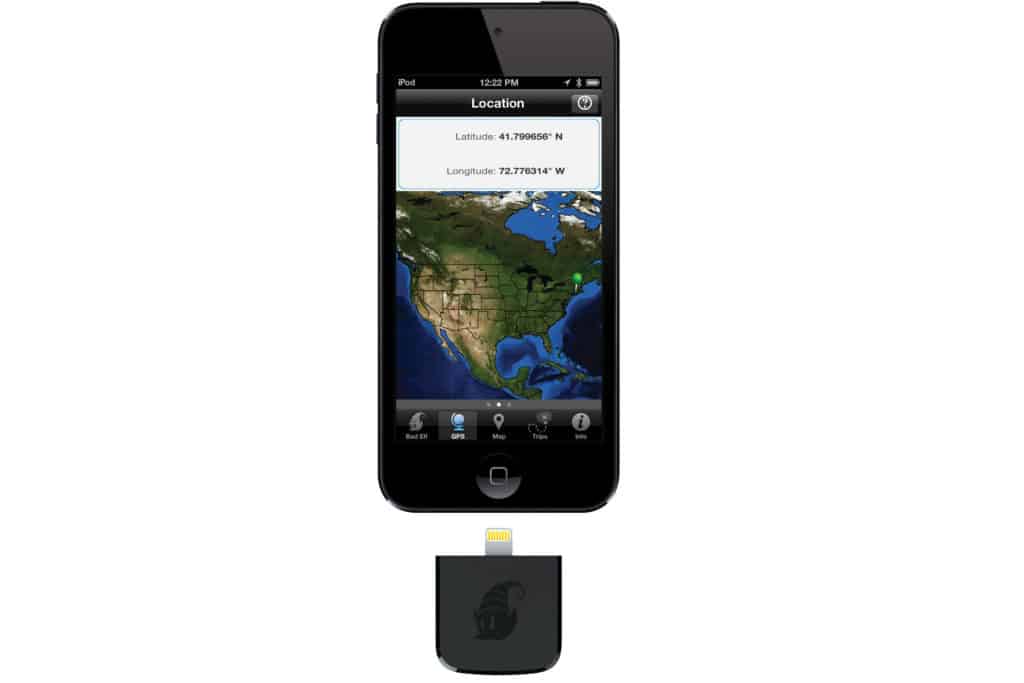
6_bad_elf.jpg
If you’re seeking a low-profile way to turn your iPhone 5 or iPad into a precise navigation tool, the Bad Elf GPS for Lightning Connector could be your ticket. This svelte unit weighs just 8 grams and is roughly the size of a matchbook, but its built-in 66-channel receiver can pull position information from both GPS and GLONASS satellites, ensuring global accuracy to within 9 feet. The Bad Elf GPS for Lightning Connector ($100) provides latitude, longitude, elevation and speed information, which can be used by a variety of popular third-party navigation apps, and the tiny unit boasts impressive satellite lock times, sans cell-tower assistance, especially when the Bad Elf is “hot.” The unit simply plugs into the lightning port on your mobile device, and the Bad Elf GPS’ dedicated micro-USB port allows for pass-through charging while you’re using your device. Bad Elf LLC, 820-233-1526; bad-elf.com
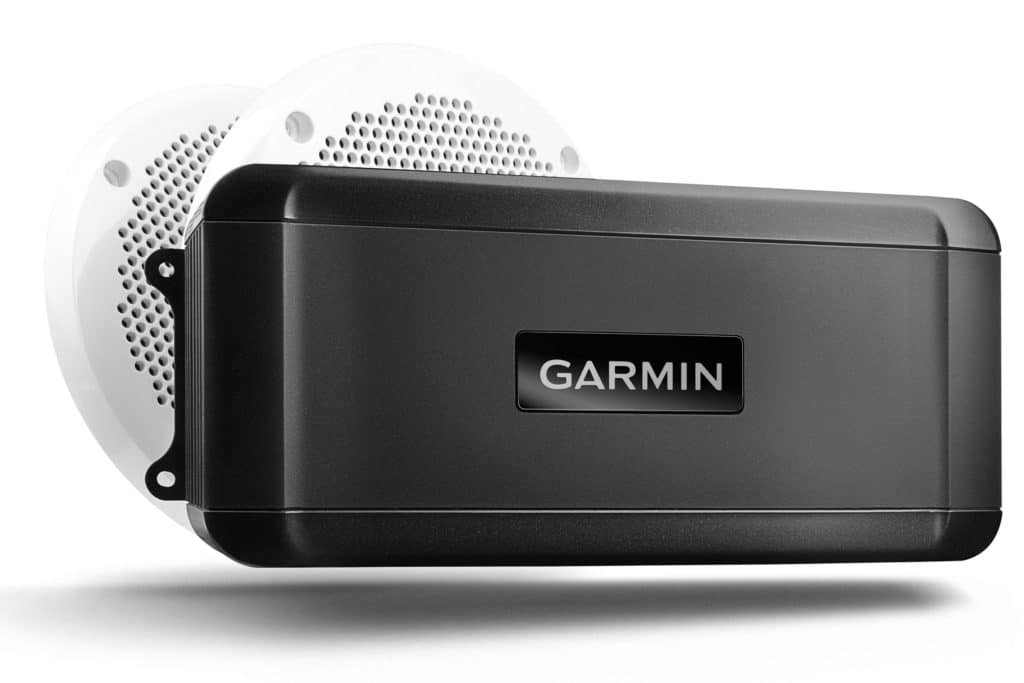
7_garmin_audio.jpg
Like listening to tunes while boating? Garmin’s Meteor 300 audio system could be your wireless companion. The multimedia audio system ($399) consists of the Meteor 300 black box, a mounting kit and all of the necessary wires, cables and hardware. Two 6-inch, marine-grade speakers are optional. The multizone-capable Meteor 300 black box is installed and networked to a compatible Garmin chart plotter/MFD (see garmin.com for a list), which serves as the user interface. A user simply tethers his smartphone to the system via a dedicated docking station (sold separately) and controls the media selection — including radio, streaming and stored audio — at the plotter/MFD via a Bluetooth connection and a customizable media-menu bar. Garmin also designed the docking station to protect (and charge) media devices. Garmin, 913-397-8200; garmin.com
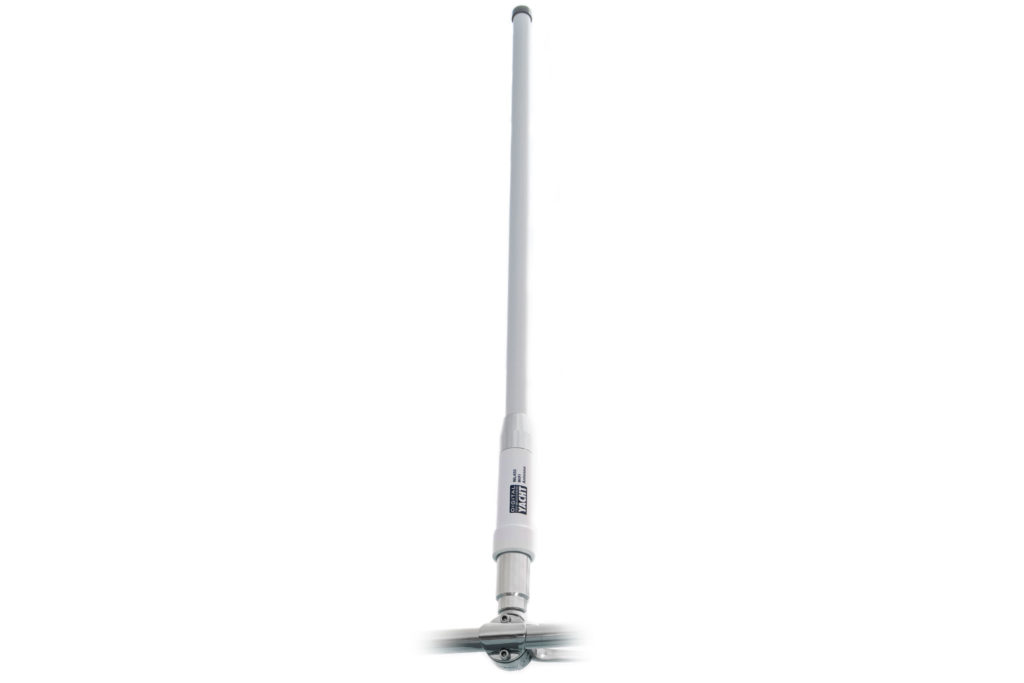
8_digital_yacht_wifi.jpg
Let’s face it: We’re all addicted to the Internet. Fortunately, Digital Yacht’s WL450 Wi-Fi system ($595) is designed to dramatically bolster your ability to access shoreside Wi-Fi hot spots — from up to 4 nautical miles, conditions depending — while coastal cruising. The WL450 is a self-contained, high-gain, omnidirectional Wi-Fi system that includes a modem, an amplifier, a 36-inch GRP (fiberglass) antenna and 33 feet of supplied cabling (a 66-foot section is optional). According to Digital Yacht, the WL450 is fully plug-and-play (via its LAN connection), allowing both PC and Mac users to connect quickly to available hot spots. The WL450 also comes bundled with its own DHCP server, allowing it to be tethered to a router to provide Internet service to third-party devices such as tablets, smartphones or MFDs. Digital Yacht, 978-277-1234; digitalyachtamerica.com
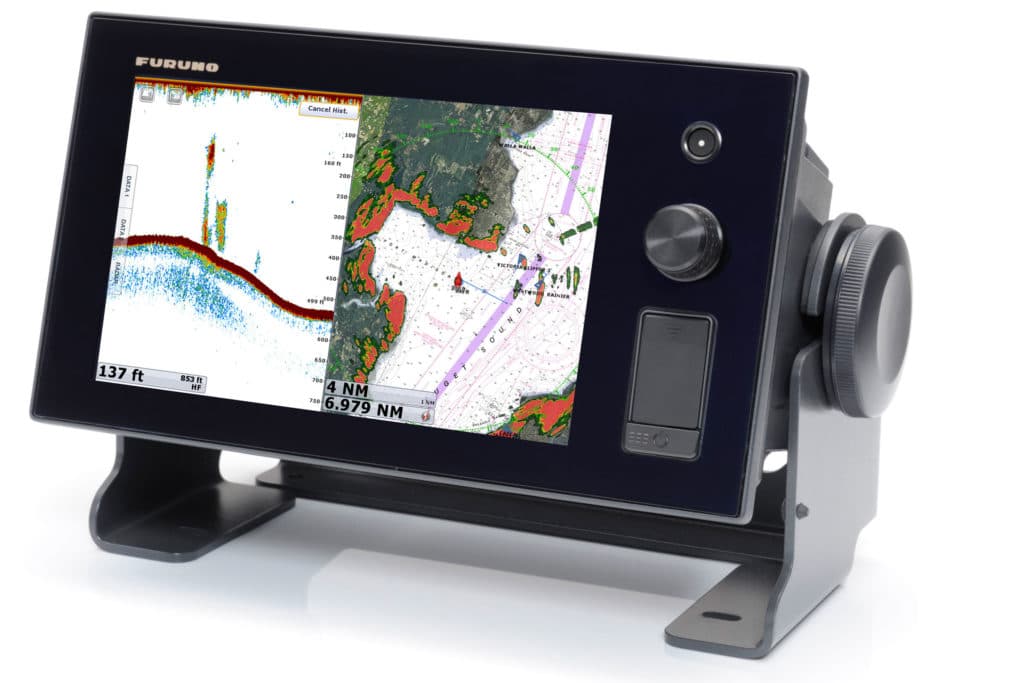
9_furuno_navnet.jpg
Furuno recently announced a line of touch-sensitive external monitors designed to pair with Furuno’s NavNet TZtouch black-box system. These new monitors are available in 17-, 19- and 24-inch models (prices range from $8,595 to $9,695) that deliver sharp, sunlight-readable imagery. Furuno’s “MU” series monitors come with RGB, DVI and composite-video input interfaces, allowing them to be networked with everything from MFDs to DVD players. Moreover, the touch-sensitive displays support video signals including HDTV, NTSC, PAL, SECAM and composite video, and can utilize a wide range of detectable resolutions. The displays also feature Furuno’s LED backlight technology and projected capacitive (PCtouch) multitouch technologies, and they offer great weather protection (IP66 for the unit’s front and IP22 for its back). Furuno, 360-834-9300; furuno.com
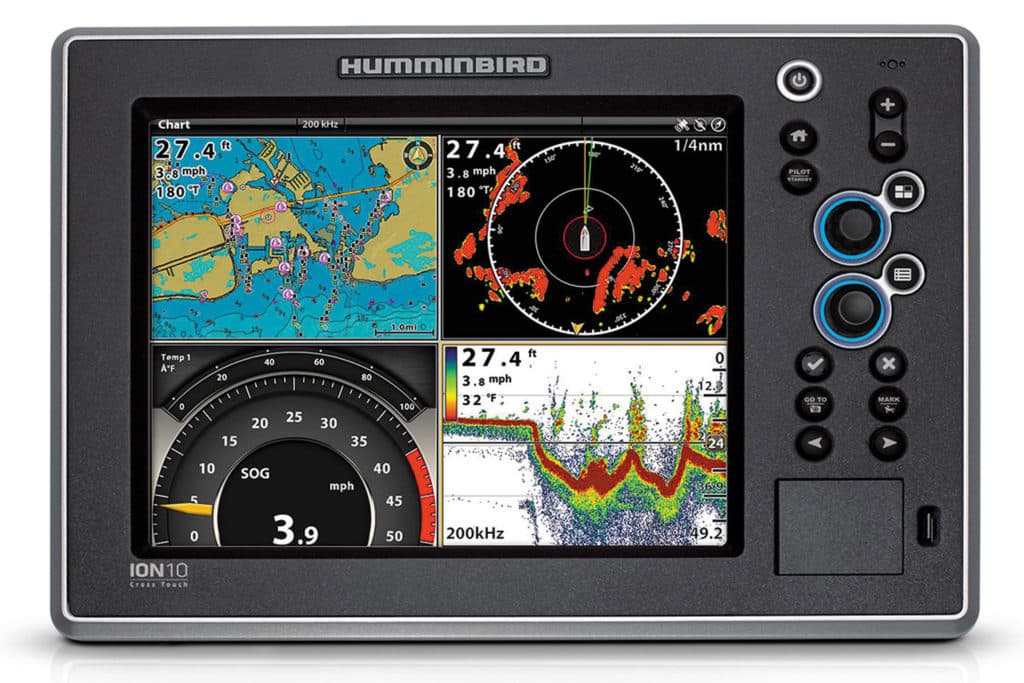
10_hummingbird_mfd.jpg
Touch-screen-sensitive multifunction displays (MFDs) have been around for a few years, but Humminbird’s line of Ion MFDs offers some interesting and intuitive ways to approach common tasks such as navigation or fish-finding. For example, both the Ion 10 ($2,499) and the Ion 12 ($2,999) feature Humminbird’s exclusive Cross Touch interface, which provides a backup touch pad with hard-key redundancy to all touch-screen commands (great for sloppy offshore conditions), pinch-to-zoom cartography and sonar imagery, as well as a variety of interesting sonar (including SwitchFire, Clear Mode and Max Mode) and imaging features. Ion MFDs can be easily networked to instruments, autopilots, engines and IP cameras via NMEA 0183/2000, Ethernet or wireless connectivity (via built-in Wi-Fi), giving you an easily expandable electronics platform. Additionally, Ion-series MFDs feature an “N” connector, which allows you to add an external 11 dB Wi-Fi antenna (sold separately) and dramatically extend your Wi-Fi range. Humminbird, 800-633-1468; humminbird.com
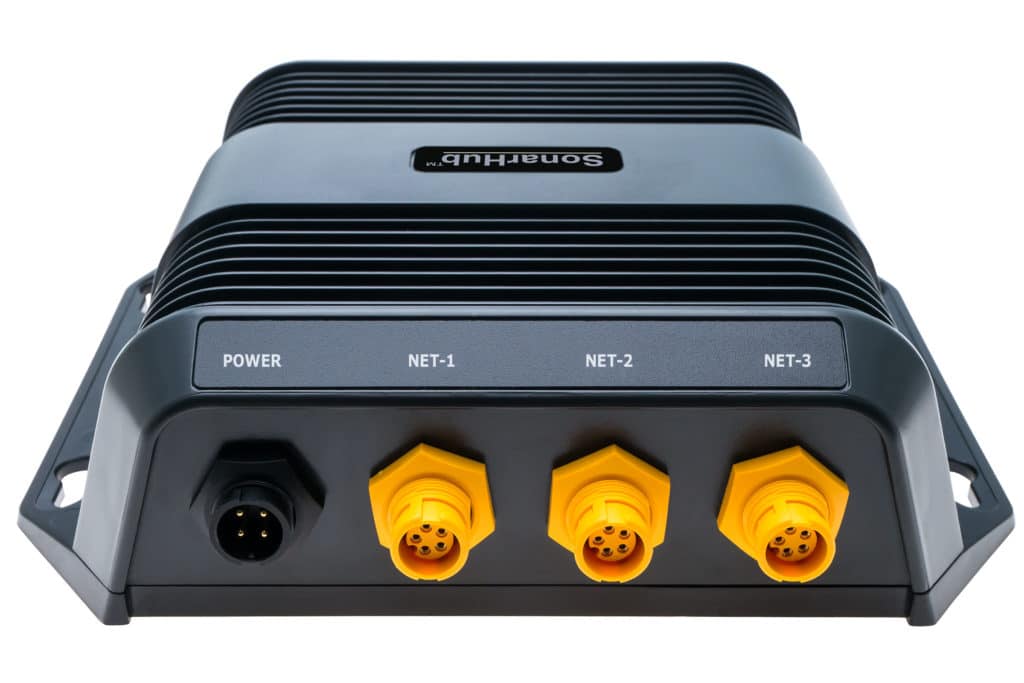
11_navico_sonarhub.jpg
If you want to bolster your fish-finding game without extra black boxes, Navico’s SonarHub could help. The SonarHub ($599) — available through Lowrance and Simrad — delivers CHIRP and Navico’s StructureScan HD technologies, providing high-definition target detail and a picturelike look into the deep. The SonarHub pairs Navico’s exclusive DownScan Imaging and side-scanning technologies, and it uses an enhanced transducer design to deliver crisp imagery. The plug-and-play SonarHub is compatible with certain Lowrance HDS and Simrad NS multifunction displays/chart plotters (including Lowrance’s HDS Gen2 and Gen2 Touch MFDs and Simrad’s NSS Sport, NSE Expert and NSO Offshore MFDs), and it is equipped with three Ethernet ports. The SonarHub is compatible with a variety of existing transducers, and it comes bundled with various brand-new transducers (prices vary). Navico, 800-628-4487; navico.com
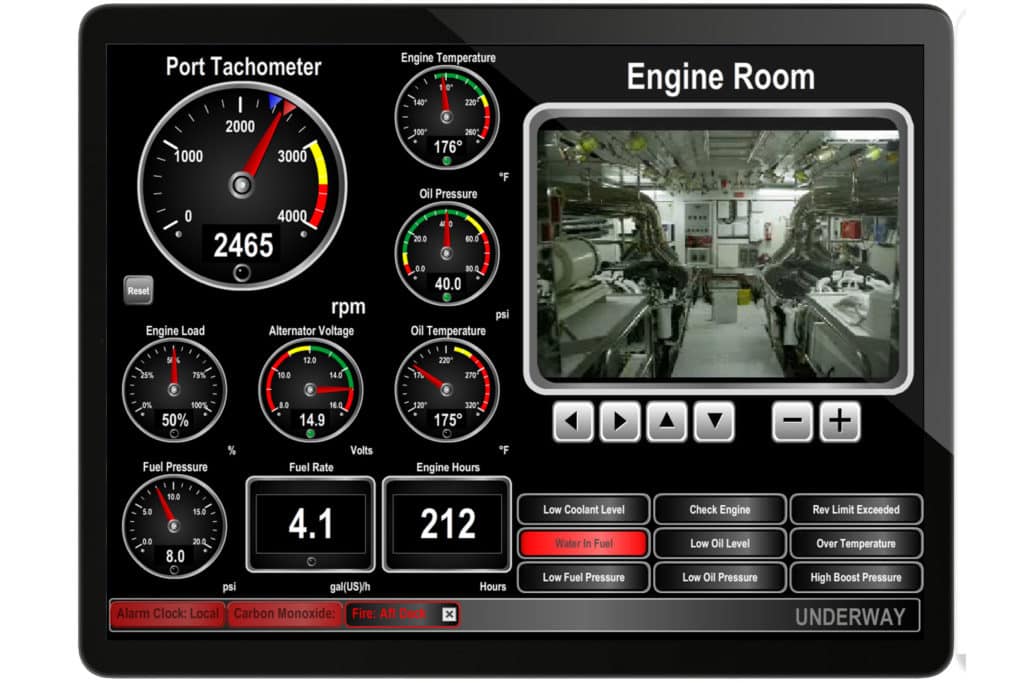
12_maretron_monitor.jpg
Maretron’s N2KView vessel-monitoring and -control software packs lots of functionality into a cost-effective software suite, allowing users to enjoy a constant information feed — including safety warnings and alarms — both on board and ashore. N2KView ($995) is PC-compatible, or it can run on a Maretron MFD or black-box unit, and the software is designed to greatly simplify the technical requirements of monitoring NMEA 2000-networked instruments via an MFD and/or stand-alone display or wirelessly via a networked smartphone/tablet. For example, N2KView users can constantly monitor their engine/generator data, HVAC, batteries, AC power, rudder angles and more while having access to all of their navigation information. Additionally, the software is user-configurable (including custom screen views, gauges and warning lights) and features a Bridge Navigation Watch Alarm System helping to ensure a sharp watch even during the darkest hours of the graveyard shift. Maretron, 866-550-9100; maretron.com
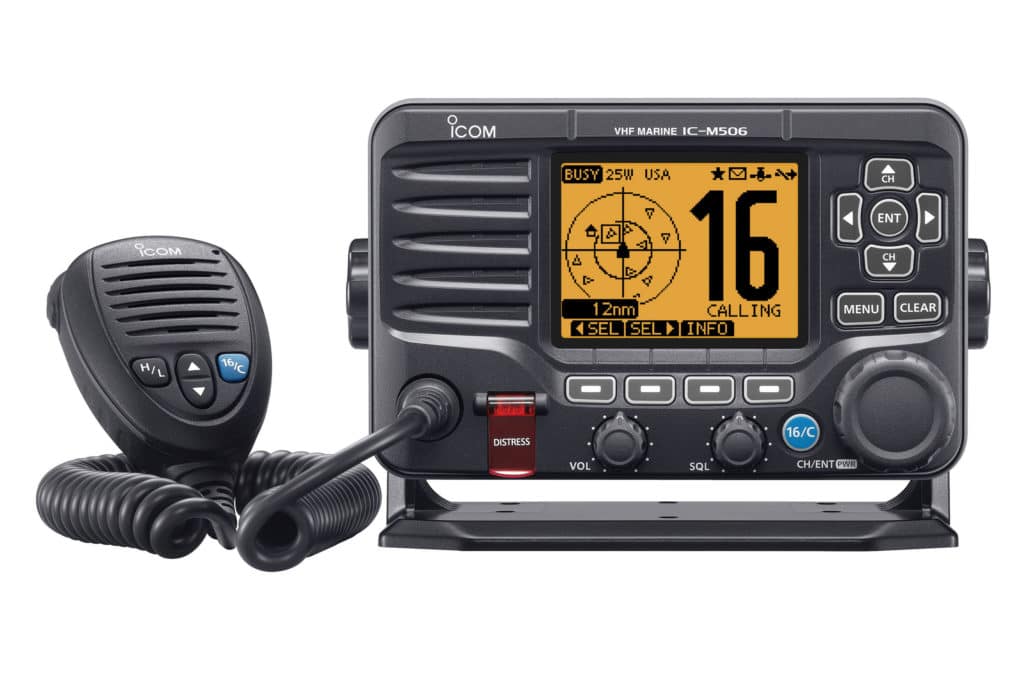
13_icom_vhf.jpg
Once used strictly for communications, VHF radios have changed with the advent of built-in GPS and AIS that turns some models into mini nav stations. Icom’s IC-M506 brings this new paradigm to the market with five differently spec’d models, allowing a customer to select the technology that best fits his vessel. The M506’s base model uses an NMEA 0183 connection to network with the yacht’s GPS to facilitate DSC emergency calls or position sharing, while other models include an NMEA 2000 connection and the choice of a front/rear microphone and/or dual-channel AIS. All M506 radios feature Icom’s “last-call voice recording” service, which captures the last two minutes of your previous incoming call, helping to reduce the chance of a miscommunication due to a partially heard or garbled VHF transmission. Icom America, 800-872-4266; icomamerica.com
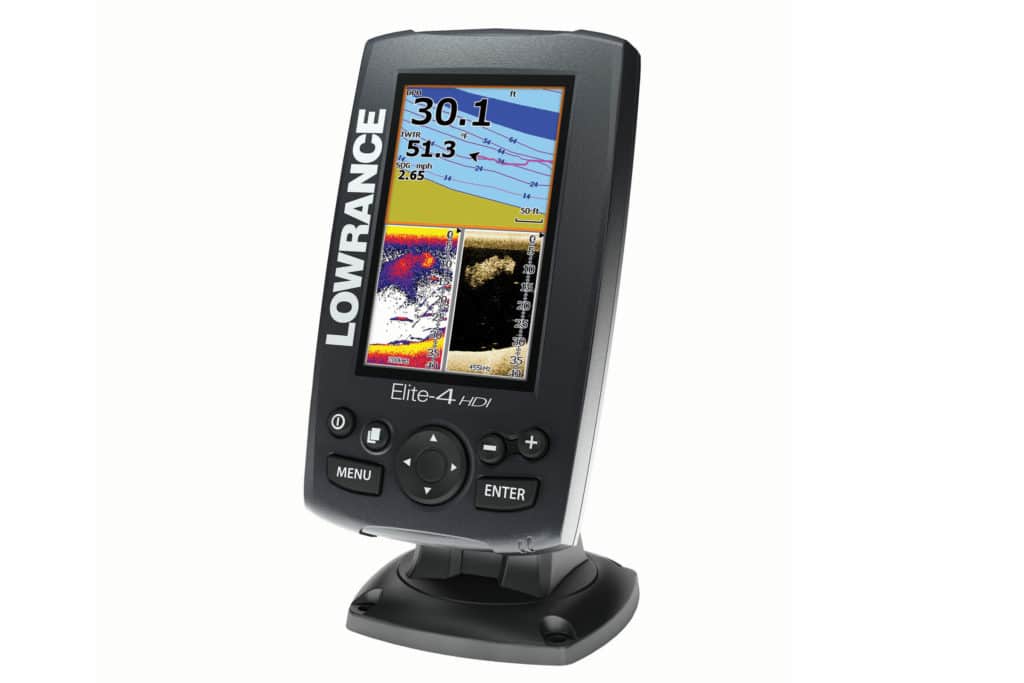
14_lowrance_chartplotter.jpg
If you’re in the market for a tidy, stand-alone combination chart plotter and fish finder, Lowrance’s Elite-4 HDI Gold could be a great solution. The 4.3-inch color unit offers 70 percent more pixels and 36 percent more usable screen space than previous Lowrance Elite-4 series displays. Also, the Elite-4 HDI Gold ($369) features the manufacturer’s exclusive Hybrid Dual Imaging technology, which combines its Broadband Sounder and DownScan Imaging to provide anglers with an accurate picture of what’s swimming below. The unit comes with a built-in GPS and onboard Navionics Gold cartography of American, Canadian and Bahamian coastal waters, and its built-in Insight Genesis allows users to create charts using their own sonar data. Additionally, Lowrance’s Advanced Signal Processing makes it easy to see fish and bottom details while reducing the need to make manual adjustments. Lowrance, 800-628-4487; lowrance.com
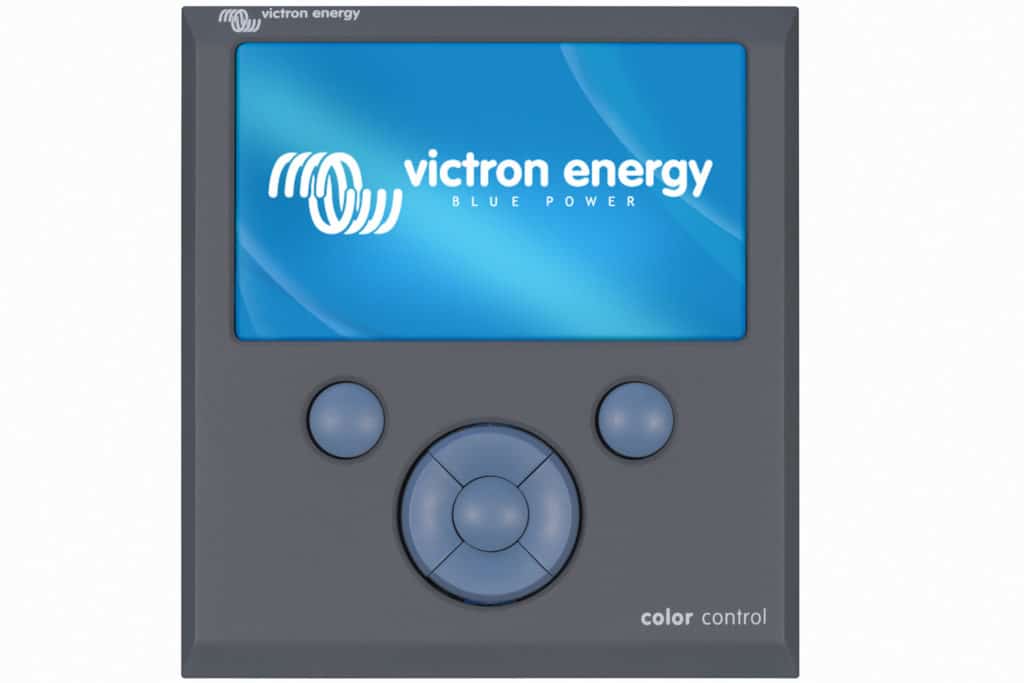
15_victron_monitor.jpg
The superyacht crowd has enjoyed the ability to monitor onboard information remotely for years, but now this technology is becoming more widespread. Victron Energy’s Color Control GX ($680) is a microsize (5.12-by-4.72-inch), energy-efficient, Linux-based PC that lets owners measure, monitor and control a range of systems and Victron equipment, including tankage levels, chargers, inverters and photovoltaic systems. For example, users can set the Color Control GX to monitor their chargers and inverters while their yacht is drawing AC power, and at sea, the PC can monitor solar panels and chargers. To ensure against obsolescence, the device boasts “future functions” that allow software updates to push functionality out to the device. The Color Control GX can be tethered to the yacht’s Internet connection via its Ethernet port; when connected to the Net, the unit forwards all of its data to the free VRM Online Portal Web page, which owners can remotely access either directly or via Victron’s new VRM app. Victron Energy, 207-354- 0493; victronenergy.com





